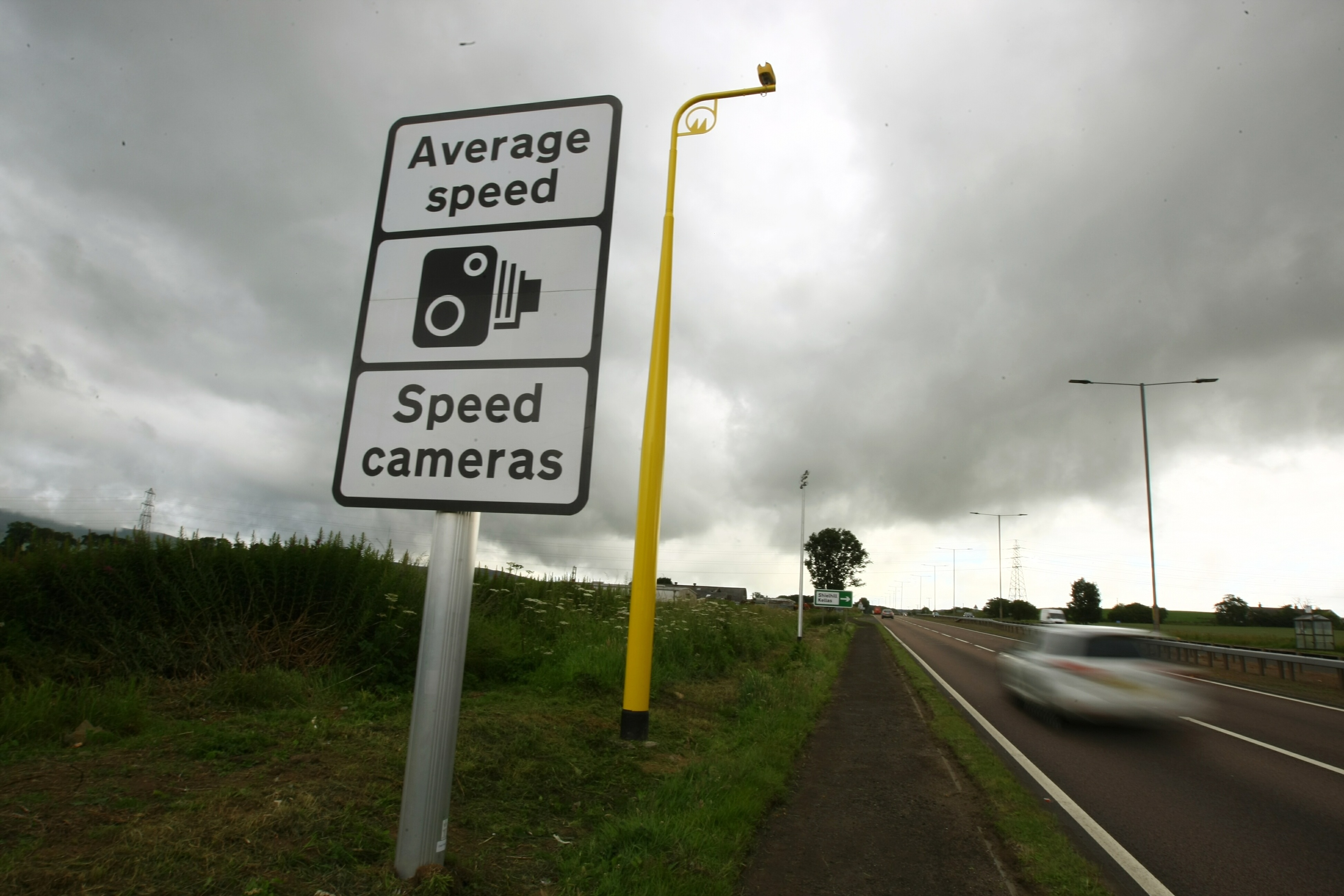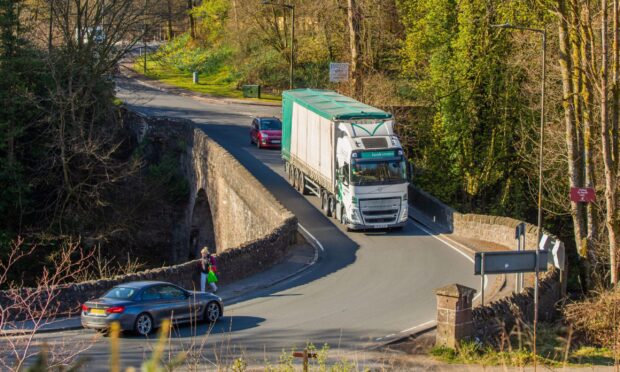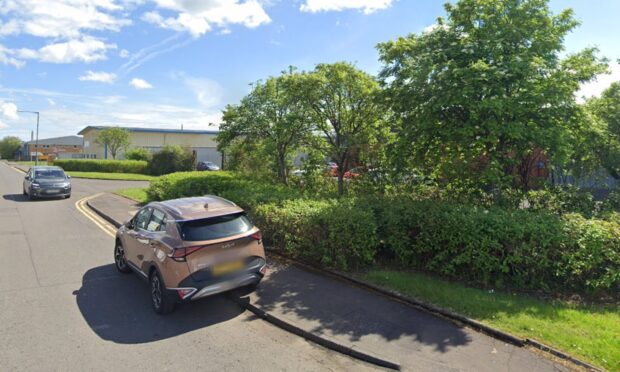The Scottish Government hopes the introduction of average speed cameras on the A90 will help to address a worrying increase in deaths on the nation’s roads.
Transport Minister Yumza Yousaf has promised to have the system fully operational by the end of October to combat the fatalities blighting Tayside.
The pledge came as new figures revealed the number of people killed in accidents on Scotland’s roads rose to 191 in 2016 – an increase of 14% compared to the previous year.
There was also a significant increase in the number of people seriously injured, up 6% to 1,697, while there were 1,000 child casualties in reported road accidents.
The figures mar an overall picture that saw roads casualties fall by 1% between 2015 and 2016, from 10,973 to 10,901 – the lowest number since records began.
Police Scotland quarterly figures for 2017, while still subject to revision, show that in the first six months of 2017, a further 64 people were killed on Scotland’s roads.
That is down significantly on 2016, when 95 fatalities were recorded in the first six months, and could be evidence that action taken nationally and locally to improve safety is working.
Nonetheless, Mr Yousaf said the increase in fatalities was “disappointing” – though Scotland is on track to hit road safety targets – and pledged further action, with the A90 foremost in his thoughts.
The minister said the impact of the average speed cameras introduced on the A9 was evidence that meaningful changes could be achieved.
“The average speed camera system on the A9 continues to demonstrate a radical improvement in driver behaviour,” he said.
“I am satisfied that the A90 average speed camera system will be just as successful in improving road safety on the road.
“I can confirm that the system will go live on October 31, in line with the previous timescales provided by Transport Scotland.”
The figures provided by Transport Scotland show the number of car users who died following crashes rose by 31 to 106 while the number of motorcyclists killed also increased on 2015, up three to 30.
A total of eight cyclists died on the road in 2016, three more than the previous year, while the number of children killed more than doubled, rising from four to 12, while 167 children were seriously injured, up from 139.
Pedestrian deaths fell by 12 to 32 in the same period – though their number included tragic Coupar Angus toddler Harlow Edwards.
Between 2015 and 2016, serious injuries rose for car users by 19% and motorcyclists by 4% but fell 7% for pedestrians and 10% for cyclists.
The road casualty figures provide an illustration of the progress being made towards Scotland’s 2020 road safety targets.
Compared to the 2004-2008 baseline, the number of fatalities were down 35%, with the target a 40% reduction by 2020.
Serious injuries were down 35% against a 2020 target of a 55% drop.
Mr Yousaf added: “It is disappointing that there has been an increase in the number of fatalities and the number of people seriously injured on our roads in 2016.
“One death on Scotland’s roads is one too many and all partners remain entirely committed to securing our challenging and ambitious casualty reduction targets.
“Through continued education, enforcement and engineering, we are well placed to progress in the right direction, making Scotland’s roads safer for everyone.”










